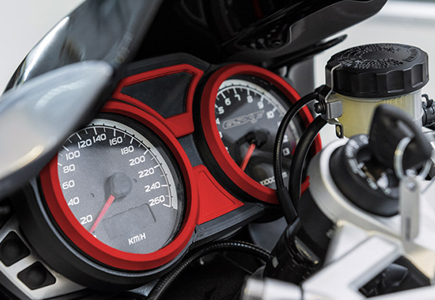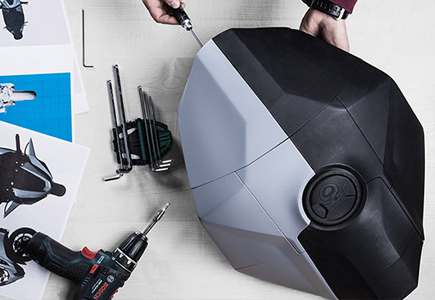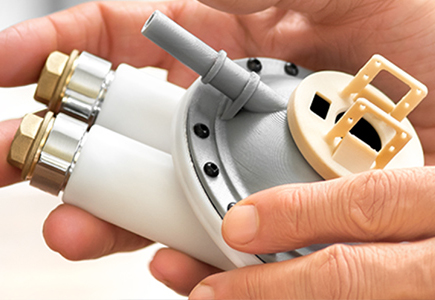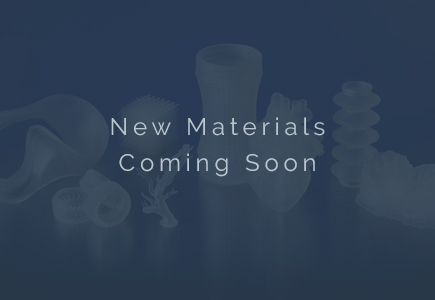Additive Technology: FDM
Fused Deposition Modeling
FDM utilizes the same thermoplastics that you know and currently build with. It’s used for low-cost prototyping, design checks and everyday applications.
- What Is FDM Technology?
Description
Strengths
Weaknesses
Plastic Materials
Support Material
- Technical Specifications
Price
Lead Time
Tolerances
Min Wall Thickness
Max Build Volume
Resolutions Available
Advantages Of FDM

Functional Materials
FDM utilizes a wide range of thermoplastic materials used in many commercial applications. This makes it great for functional prototyping, design checks and concept models.

Complex Geometries
Print geometries not possible or too costly for CNC machining. This allows you to increase efficiency within your designs without increasing cost.

Quick Turnaround
Our fleet of FDM machines are ready to print your parts on-demand. We can reduce production lead times from weeks or months to just a few days.

Reduce Upfront Costs
We can add continuous fiber reinforcement to the internal structure of your parts, this allows us to print composite parts that achieve unparalleled strength, stiffness and durability.

Great Quality
Go from CAD to great quality, functional, end-use parts in days. FDM is a fast and effective technology for proving and testing your designs.

Large Build Volume
FDM is capable of producing large functional parts on-demand. We currently support build volumes up to 300 x 300 x 300 mm.
Explore FDM Materials

ABS

HIPS

PLA

PET-G

ULTRAT


